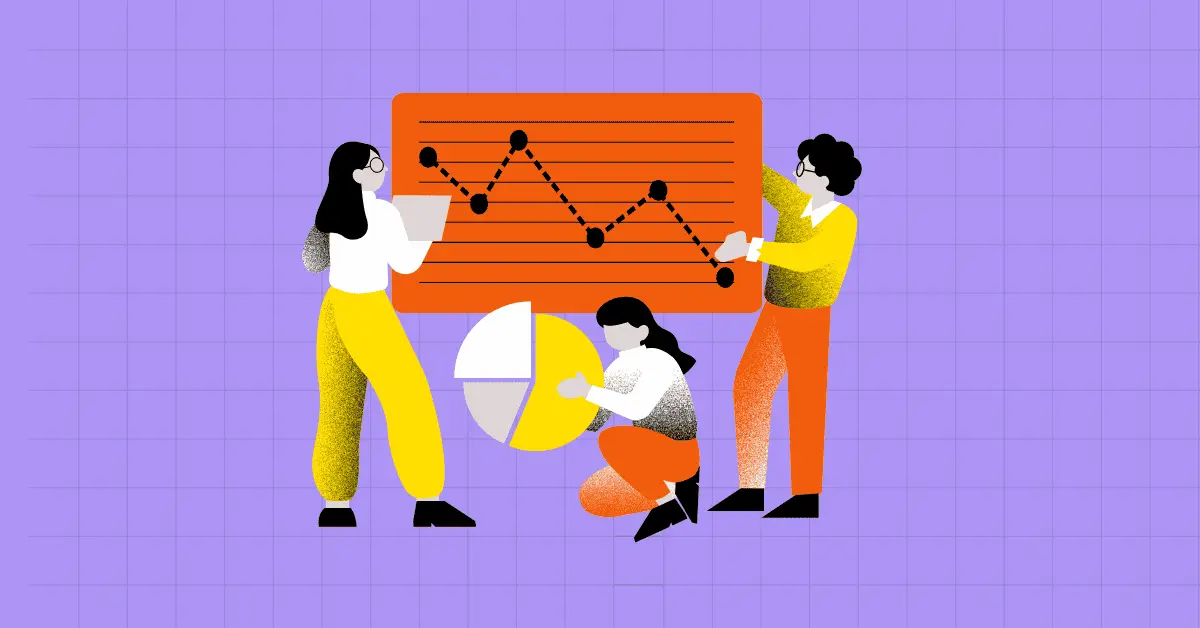
Imagine two traders sitting across from each other. One is glued to charts, analyzing price movements and patterns. The other is reading news, checking earnings reports, and studying economic trends.
Well, both of them are. Traders rely on two main approaches—Technical Analysis (TA) and Fundamental Analysis (FA)—to make trading decisions. Some swear by one, while others blend both to maximize their edge.
If you’re struggling to decide which approach suits you, this guide will break it all down in a simple, practical way. Let’s dive in!
Before we go deeper, let’s define both:
Best For: TA is preferred by day traders and swing traders, while FA is used by long-term investors and value traders.
It depends on your trading style:
Technical traders use indicators and patterns to find the best trade setups. Here are the key ones:
Think of Moving Averages as the trend’s best friend. They smooth out price movements and help traders spot the direction.
Example: If the 50-day EMA crosses above the 200-day EMA (Golden Cross), it’s a strong buy signal.
RSI tells you if a stock is overbought (above 70) or oversold (below 30).
Example: If RSI is 85, the stock is likely too high and may drop soon.
Example: If Bitcoin keeps bouncing at $30,000, that’s a strong support level.
These patterns help traders predict market movements more accurately.
While technical analysis focuses on price action, fundamental analysis looks at the real value behind an asset. Here’s what traders must consider:
Companies release earnings every quarter. Key numbers to watch:
Example: If a company reports strong revenue growth and beats expectations, the stock usually goes up.
A company’s stock doesn’t move in isolation. Watch for:
Example: When Tesla joined the S&P 500, its stock surged because index funds had to buy it.
Each method has its strengths and weaknesses. Here’s a quick breakdown:
For the best results, traders can blend both strategies. Here’s how:
Stay disciplined: Follow your trading plan!
If you only use technical analysis, you might miss major fundamental shifts. If you only use fundamental analysis, you might struggle with timing your trades.
The best traders combine both. They use fundamentals to find strong assets and technical analysis to enter at the right time.
So, whether you’re a beginner or a pro, blending these two methods can help you trade smarter and make better decisions.
Crypto technical analysis is a method of evaluating cryptocurrency price movements and trends based on historical data and market statistics.
Crypto fundamental analysis involves assessing the intrinsic value of a cryptocurrency by examining factors such as its technology, team, adoption, and market conditions.
Yes, many traders use a combination of technical and fundamental analysis. Technical analysis helps with timing trades, while fundamental analysis provides a broader understanding of a cryptocurrency’s potential and risks.
CoinPedia has been delivering accurate and timely cryptocurrency and blockchain updates since 2017. All content is created by our expert panel of analysts and journalists, following strict Editorial Guidelines based on E-E-A-T (Experience, Expertise, Authoritativeness, Trustworthiness). Every article is fact-checked against reputable sources to ensure accuracy, transparency, and reliability. Our review policy guarantees unbiased evaluations when recommending exchanges, platforms, or tools. We strive to provide timely updates about everything crypto & blockchain, right from startups to industry majors.
All opinions and insights shared represent the author's own views on current market conditions. Please do your own research before making investment decisions. Neither the writer nor the publication assumes responsibility for your financial choices.
Sponsored content and affiliate links may appear on our site. Advertisements are marked clearly, and our editorial content remains entirely independent from our ad partners.
Cardano (ADA) price has signaled a midterm bullish rebound in the coming weeks. The large-cap…
Tether has announced plans to acquire Italian football club Juventus. The top-tier stablecoin issuer announced…
The Office of the Comptroller of the Currency (OCC) has given the green light to…
The Pakistan government has accelerated its web3 adoption through a strategic collaboration with Binance. The…
The crypto market turned red today as the majority of tokens recorded almost no gains…
Ripple CEO Brad Garlinghouse announced on X that the company has received conditional approval from…